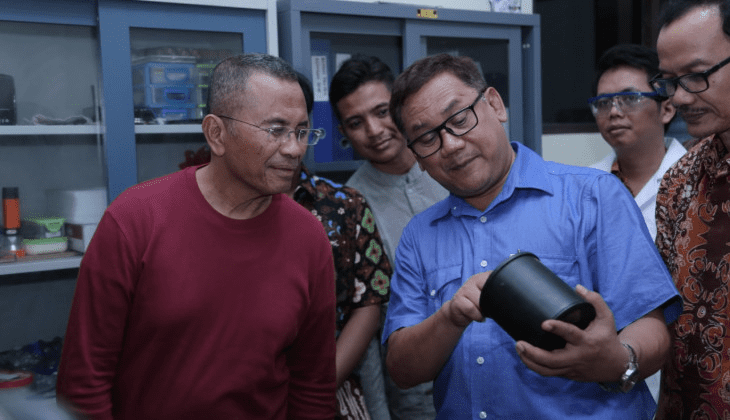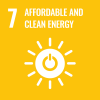
A team of Nuclear and Physics Engineering researchers from Universitas Gadjah Mada (UGM) have made a nuclear battery prototype that can be used for electronic devices.
The results of the study conducted by 4 lecturers and 6 research assistants were reviewed directly by former Minister of State-Owned Enterprises, Dahlan Iskan.
“This was initially funded by the Minister. He wanted us to create something using nuclear technology. This is proof that we did something that has results albeit small,” explained Ir. Yudi Utomo Imardjoko, M.Sc., Ph.D as the leader of the research team, Friday (11/22).
In the past 2 years, this research project received funding from the Ministry of Defense’s Research and Development Agency and has been completed. Although it is not perfect and still requires further development, the prototype is good enough compared to the results of other studies, according to him.
The research had been hampered by funding issues with the cost of plutonium 238 components which was quite expensive and still imported from Russia. To make the prototype, the team had to bring plutonium from Russia at a price of 8,600 dollars per chip.
“The price per chip is only 12 dollars, but once it gets here it increases to 8,600 dollars per chip,” he explained.
Regarding this issue, Dahlan Iskan said the problem could have been resolved if Indonesia had its own thorium reactor as plutonium is the waste of thorium.
“We don’t need to import plutonium if we have our own thorium reactor. The design of the thorium reactor has been completed actually, made by these researchers themselves, and I happened to fund it. Now the problem is how to realize it,” he said.
On his visit to the UGM Center for Engineering Studies, Dahlan Iskan listened to an explanation from the research team regarding the components and how batteries work. The battery is also equipped with solar cells to expand the amount of electricity it produces.
“The nuclear battery is converted directly. The output is small, so we combine it with solar cells to make the output bigger,” said Elly, assistant researcher.
The battery research started from the idea to find a small but long lasting power source.
“Lithium batteries can last for two years only, while nuclear battery will last 40 years,” she said.
With more research, the battery can be developed to produce a bigger output while having a smaller size.
Dean of Faculty of Engineering UGM, Prof. Ir. Nizam, M.Eng., D.Eng., said the Faculty always encourages its researchers to downstream their research products so they can be useful for the wider community. Therefore, support is indeed needed from from various parties, including the government and the community, to realize the use of nuclear energy in Indonesia.
“According to our researchers, thorium is potential to be developed further. We know the technology, so we don’t have to depend on imported products. Our researchers already know how to turn the waste into batteries,” said Nizam.
Source: https://www.ugm.ac.id/id/berita/18767-tim-peneliti-ugm-kembangkan-prototipe-baterai-nuklir



